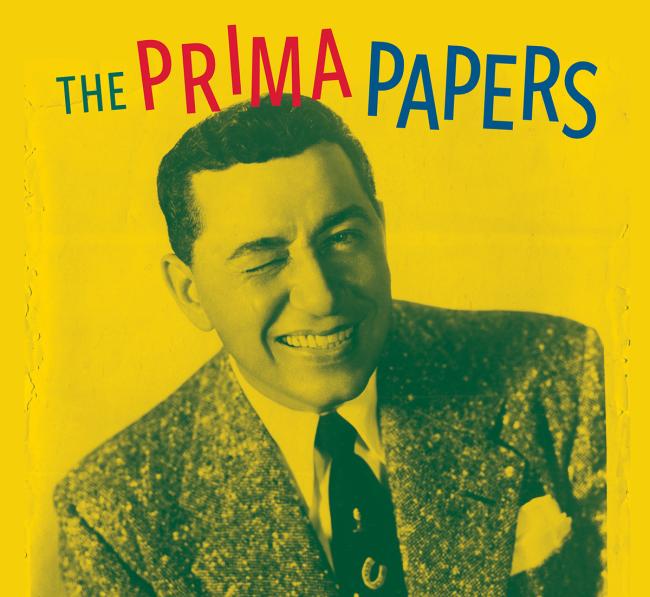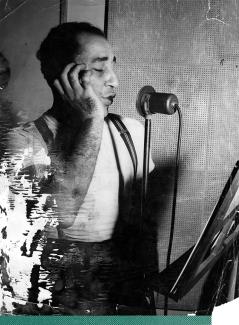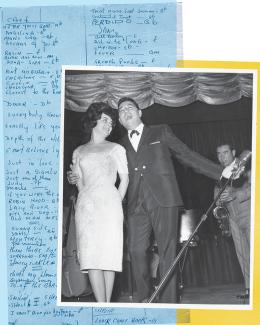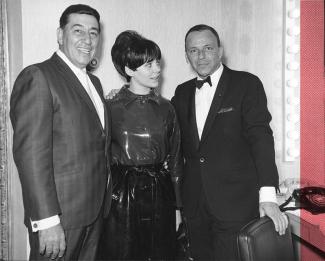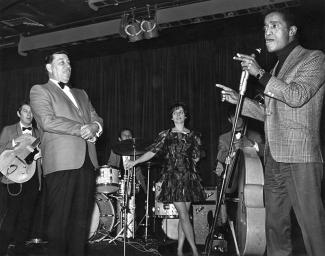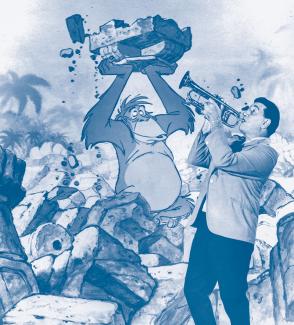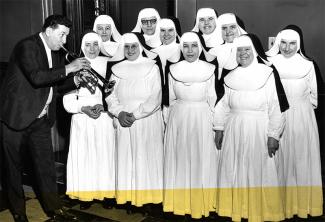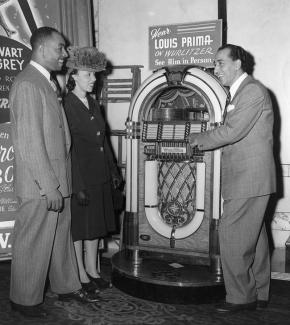Louis Prima on stage is often described as frenetic. A perfect blend of wild man and dedicated musician, the energy of New Orleans pulsated through the late bandleader. Nearly 50 years after his death, Prima’s legacy lives on, and he remains beloved among fans who continue to celebrate his enduring music and energy.
This is in large part due to the efforts of his widow, Gia Maione Prima, who started a New Jersey-based foundation after his death to support the appreciation of American jazz and to preserve a vast wealth of materials related to his life and career. She stewarded the collection up until her death in 2013.
Known as the Louis Prima papers, the vast archive of materials was maintained by her foundation until it returned home to New Orleans in 2017. Donated to the Hogan Archive of New Orleans Music and New Orleans Jazz, a unit of Tulane University Special Collections, the material was officially made public for research in March 2023.
And it’s not just for music lovers.
The Louis Prima papers represent a full scope of archival materials, including business papers, photographs, TV scripts and other ephemera, said Melissa A. Weber, the Hogan Archive curator. The materials also include information about Italian-American history, New Orleans and Las Vegas architecture, animation and the history of television, as well as information about Prima’s family and his musical collaborators.
“There’s a tendency to associate music-based archive repositories to music, but this is so much more. It truly reflects the multidisciplinary nature of archives,” said Weber.
The opening of the Prima archive for public research is the culmination of a dream for Prima’s widow, Gia Maione Prima, who wanted to find a permanent home for the archive, said friend and foundation trustee Anthony Sylvester.
Although Prima’s five-decade career would take him away from his hometown to Las Vegas, Los Angeles and New York City, among other places, New Orleans was always in him.


